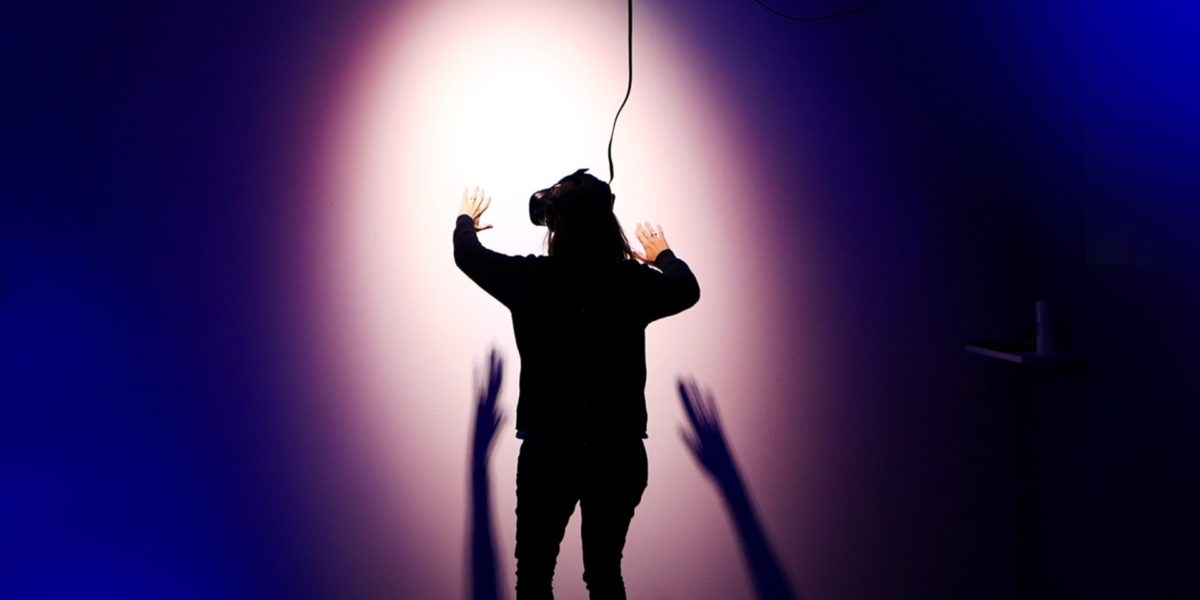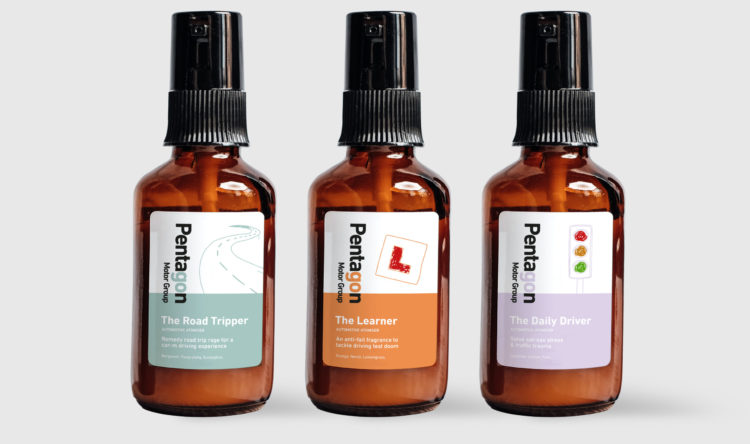VR set for Hazard Perception Test
VR headsets shown to be effective and preferred by drivers in hazard perception tests
The use of virtual reality (VR) headsets in driver hazard perception improves the service. It is not just as good as, but often better than, single screen tests at differentiating between safe and less-safe drivers. Drivers prefer the immersive experience of VR, according to a series of studies undertaken by Nottingham Trent University (NTU).
Real results
Using a ‘what happens next?’ method of hazard identification, psychologists explored how both new and experienced drivers reacted when using a VR headset. The 360-degree view of potential hazards gave participants the opportunity to look all around them. It allowed them to look into side roads as they pass, or to check side mirrors and blind spots for other road users.
The six-part study was commissioned and funded by the RAC Foundation, the Road Safety Trust and the DVSA. It has involved more than 400 participants. These drivers report that the VR experience was more engaging, immersive and realistic than a single monitor test on average. They also preferred real video of roads to a CGI simulation. These were rated higher for clarity and visual complexity on average.
Feeling good
Cybersickness was also researched by the team. It was found that the number of issues was very low – only 4% of participants were removed from studies due to sickness. This is despite the fact that the screen regularly cut to black between hazards, which can prompt nausea.
“VR offers great opportunities for driver assessment and training beyond formal licensing procedures.” Thisn is the view of David Crundall, lead researcher and Professor of Psychology at NTU’s School of Social Sciences. The headsets allows a greater diversify and range of hazards presented that can be particularly useful for those needing more practise. Spotting hazards in “the most realistic environments without being put in danger” is particularly effective. “This is an opportunity to make drivers safer … using innovative techniques and methods that go beyond the traditional UK test”.
Keeping up
Steve Gooding, Director of the RAC Foundation believes “the proliferation of new technologies” should be utilised where appropriate to “support safer road use”.
Virtual reality headsets are now becoming a common tool in teaching and training.
“This research demonstrates that virtual reality headsets can be used as a complement to traditional screen-based hazard perception training”.
Sally Lines, CEO of Road Safety Trust said: “We know how important hazard perception is for driver safety. NTU has produced a useful resource whilst also helping us understand more about the role of VR technology in supporting the development of this vital skill. The enthusiasm for VR assessment and training, in terms of perceived realism, immersion and engagement, in particular, offers a training advantage”.
Useful training tool
The software used in the tests has now been developed through spin-out company Esitu Solutions Ltd. It can now be tailored for organisations requiring driver training which is bespoke to their vehicles and routes.
Drivers can also try the tests and take part in further research by downloading the app on Oculus Go.







